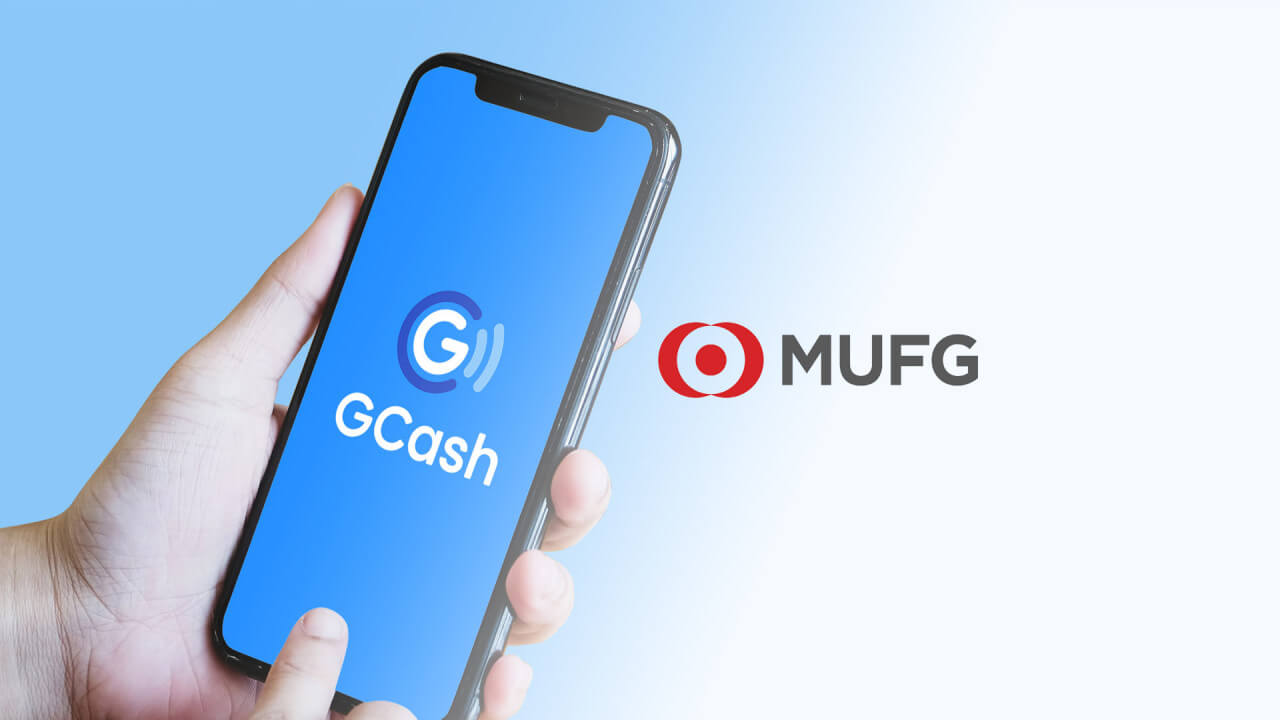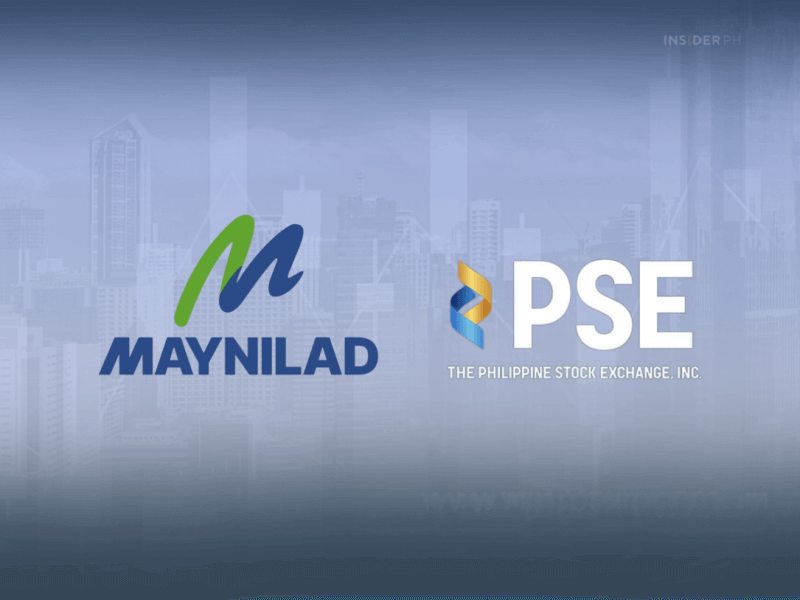

On Friday, GCash announced that it was taking in a new shareholder in the form of Japanese banking conglomerate Mitsubishi UFJ Financial Group (MUFG) whose 8% stake in the country’s most popular e-wallet boosted its value from $2 billion to $5 billion literally overnight.
Shortly after the deal was sealed, the Globe Telecom CEO and GCash chairman granted InsiderPH an exclusive interview to shed light on the mammoth transaction that took months to finalize and was, until the very last few hours, still being haggled over by all the parties involved.
Why MUFG?
“We didn’t really need money,” he said when asked about the rationale for MUFG’s entry. “Our company is profitable eh, ‘di ba? The money we raised in 2021 is still there.”
Instead, what Cu wanted and needed was a partner from which GCash could borrow wholesale funds cheaply and lend to the 86 million Filipinos who use the ubiquitous e-wallet.
Out of the blue last year, someone told him that MUFG’s people were in town. He arranged a meeting.
“I was going around looking for partners for lending, but they said they wanted equity. That’s where this started,” he recalled. “It turns out they’ve been shopping around in Manila, too.”
Preliminary talks led to more detailed meeting and GCash finally give the Japanese bankers a peek under the hood to reveal a very impressive growth engine.
“When they saw our numbers, they said ‘Oh my god, what are we doing still looking around?’,” Cu recalled.
Thus began a process that took, at most, 10 months to complete from inception to the final signatures being affixed last Thursday. This is, for all intents and purposes, a record time when dealing with Japanese investors who are well known for conducting meticulous due diligence proceedings that often last years before getting in bed with foreign partners.
“They really wanted a deal,” Cu said. “In fact, they wanted more [equity] nga eh.”
Making space for the Japanese
Proof that GCash didn’t need the money can be found in the structure of the deal itself. Of the $786-million transaction (of which $393 million is the MUFG portion, while the balance is from Ayala Corp.’s side), only $163 million will come in the form of newly issued shares that will translate to fresh funds for the e-wallet’s operator, Mynt.
To make way for MUFG — while ensuring that Mynt and the Ayala Group don’t get diluted too much — Cu convinced the four private equity funds that were early GCash investors to sell some of their existing shares
“I told the the private equity investors ‘maybe you can let go of some… because you’ve already made a lot of money’,” he said, explaining to them that it wouldn’t hurt them to cash in some of their profits at this point.
All four private equity funds are still GCash shareholders after this deal, collectively holding a 25% stake in Mynt.
Last minute negotiations
Despite the speed at which the transaction progressed, not everything was smooth sailing, especially as the deal neared the finish line. Last minute hitches suddenly cropped up, forcing the signing to be postponed several times over a few hours.
“Just the usual issues,” Cu said “Board seats, closing terms, all of those. These are normal toward the end of negotiations.”
Legal teams were particularly fussy about the “language” of the deal, and rightfully so given the values involved.
“Lawyers. There were lots of lawyers,” the GCash chair said. “As you know, private equity funds have a lot of lawyers. The lawyers are there, and every hour there’s a phone call, until they worked through the issues. That’s what happened during closing.”
Japanese officials were not physically present in Manila, although they did visit a few times when the broad outline of the partnership was being formed.
Apart from the Globe CEO, the responsibility for quarterbacking the transaction was carried by Mynt chief financial officer Tek Olaño, of whom Cu said. “Magaling. Ang galing nung tao.”
Finally, after seemingly endless hours of back and forth negotiations, the deal was sealed at around 8 p.m. of Thursday, with both parties agreeing to make their respective regulatory disclosures the following morning.
IPO timeframe
Now that GCash has fresh funds and a new investor with bigger financial muscle, is the much awaited IPO still going to happen within the same timeframe?
Everything depends on market conditions.
“The company, obviously, will have to list in the Philippines because it’s a Philippine champion,” he said, while pointing out that its cash-rich parent has a lot of runway while waiting for the sentiment in broader equities markets to improve. “Market conditions are not yet optimal.”
This means, he said, that “some of the urgency” for the IPO has been removed. It also means that GCash has taken a significant stride up the investment stepladder.
For now, the deal is a “validation of the relevance, the value, and the significance of GCash to the financial ecosystem in the Philippines — how important it is as a player,” Cu said. “And it’s been recognized, more importantly, by a major global financial institution.”
“Yun ang mabigat: the validation na sila ang may gustong pumasok — that they really wanted to be part of us,” he said.
What’s in it for GCash users?
But what does it mean for the average GCash user that the service the use daily — from paying for milk tea at their neighborhood kiosk or to complete their online shopping transactions — is now worth $5 billion?
The answer lies in Cu’s long running desire to give Filipino consumers access to cheaper credit than the usurious rates many borrowers have to put up with, at present, just to have access to a few thousand pesos to tide them over until the next payday.
To be able to ramp up GCash’s credit programs, it needed to find a cheap source of wholesale funds that could be re-lent as consumer loans.
Cu was talking to the right people: MUFG is the biggest bank in Japan, and one of the biggest in the world, holding an estimated $1.5 trillion in deposits and managing about $2.7 trillion in assets.
“What’s important for us is that this gives us a partner that can really juice up our lending programs,” he said. “That’s what I’m after. I’m not just looking for money. Kung pera lang, maraming nag-aabot, ‘di ba? It has to have strategic value.”
GCash already has a loan platform on its widely used app, but it needed greater access to funding to scale up lending since it is not a deposit taking institution.
“Our goal is to allow people to borrow money at better rates,” the Globe CEO said, lamenting that, despite gains in microfinance, many consumers in need still suffer staggering borrowing costs.
“Ang kalaban namin hindi bangko, but ‘five-six’,” he said, referring to loan sharks’ traditional practice of lending out five pesos at the start of the week, and collecting back six pesos at the end of the week — an annualized interest rate of 1,040%.
Cu believes that GCash is the ideal vehicle for this.
Who knows? Maybe one day, the e-wallet that has grown to become the country’a largest since its humble launch in 2004, will put these “five-six” loansharks out of business, too.

Senior Reporter
